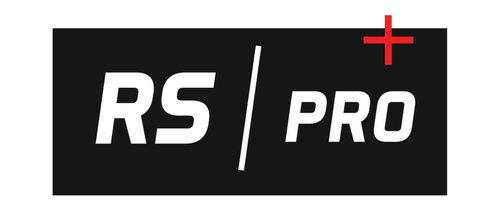One of the tools we have at Rennscot is our Faro Design Arm, which uses lasers to scan objects so we can reproduce unique shapes. The ability to have a 3D model that can be imported into our CAD software is incredibly valuable, as it allows us to see something briefly, then be able to accurately measure and check how a prototype will fit, all within the software. This cuts down on R&D time, as we do not have to make physical prototypes and iterate that way, which can cut down costs for our customers.
The scanner itself is lightweight, and can easily be brought to an external site to scan a object. It is noninvasive, the lasers leave no marks on the subject, and can provide resolution down to thousandths of an inch. This is especially helpful for one of our customers, a high-end wheel manufacturer. We scan the brakes and wheel well on a car that they would like to develop wheels for, and they can design their wheels so that they fit perfectly on the car, so the time spend prototyping is minimized, and they can bring their product to market that much faster.
We also use laser scanning in our internal product development. On our Porsche Cayman development car, we are scanning different parts of the car to be able to accurately design parts for it, without having to guess or take possibly inaccurate measurements by hand. When we were taking the interior out of the car to prep it for the race track, we removed the radio and part of the center console. This left a hole in the dashboard, which was going to be difficult to cover with a piece of sheet metal, as the holes we wanted to use to mount were in odd positions that would be hard to measure. Once we scanned it and could identify the location of all those holes, it was a simple matter to design a cover, and then used our rapid prototyping department to create a 3D printed cover. All in, the process was easier and far more accurate than if we had tried to do the design by hand.
